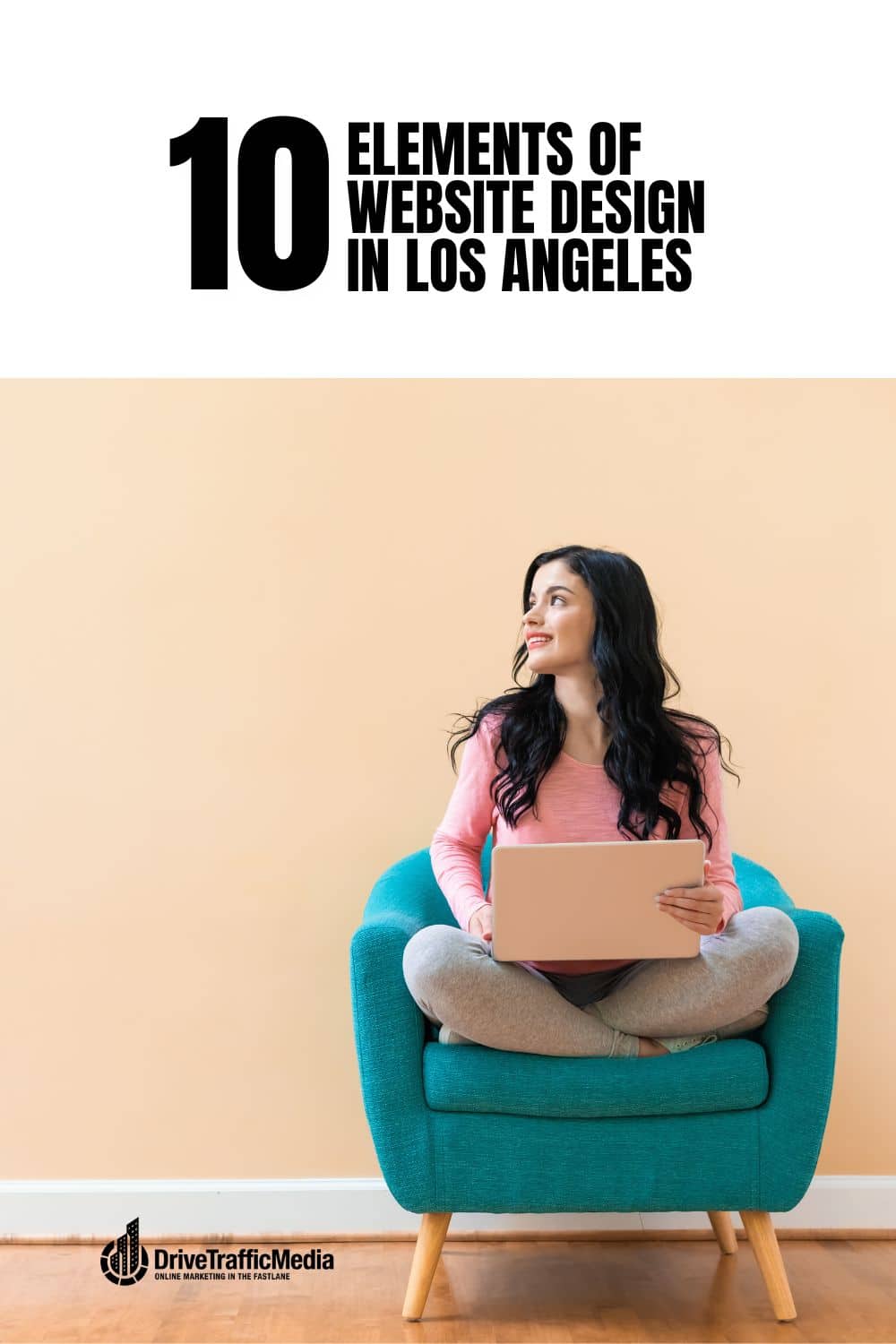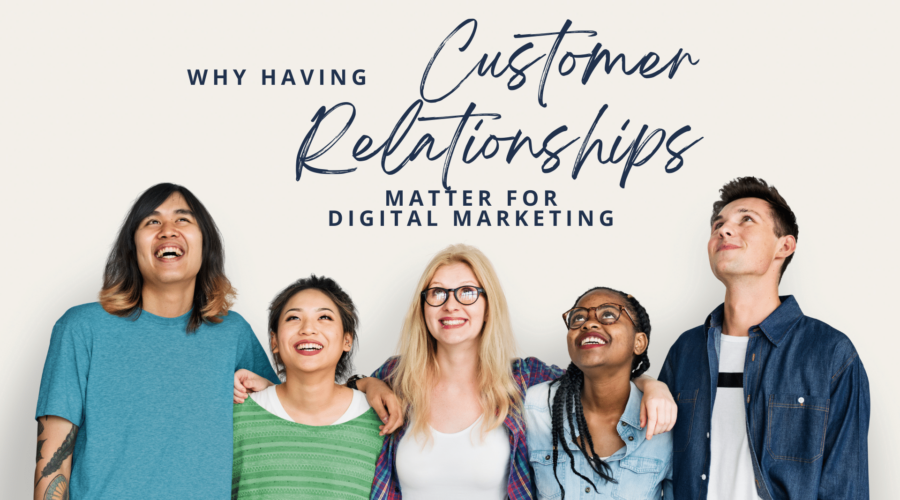Website design in Santa Monica involves planning, coding, and maintaining web pages. The objective of proper website design is to craft a visually-stunning and user-friendly website that communicates your desired message and also helps your customers get whatever they need from you, whether it be a payment page where they can purchase a product, a blog to read about a certain subject or a help page that’ll teach them how to return something.
Not all websites are created equal, but the best websites usually have the same basic format. According to top Santa Monica web design companies, here are some of the key elements of website design:
Layout
The layout of a website refers to how the various elements of your website are arranged on the page. A great layout should be easy to navigate, assisting the user with finding the information they are seeking. Additionally, a well-coded layout will also help the website load quickly as there’s not too much going on in the background, which is essential for a good user experience.
Color
Color is a crucial element of website design, and all of the top Santa Monica web designers always insist on having a color scheme before crafting any website. The color scheme used on a website should revolve around the brand’s identity and evoke the desired emotions in the user (e.g., yellow for happiness or blue for security). The use of color can also help to guide the user’s attention to important elements on the page, such as using a bold color to highlight a call to action.
Typography
Typography on a website design in Santa Monica refers to the style, size, and arrangement of the text. The typography should be easy to read as users can easily become frustrated with fonts that they have to strain to comprehend. It should also reflect the brand’s identity—you wouldn’t want to use Comic Sans for a banking website, now would you?
Lastly, the use of different font sizes and styles can also help to guide the user’s attention to important information on the page.
Images and Graphics
Images and graphics can help enhance the visual appeal of a website and convey important information to the user. After all, everybody loves looking through picture books as it supports the body of the work, just like how images and graphics support your website content. The use of high-quality images and graphics that are relevant to the content on the page can also help to increase user engagement.
Navigation
Navigation is one of the most important elements of website design, according to a Santa Monica web design firm. A properly-crafted navigation system should be easy to use and help the user find whatever they’re looking for quickly, whether it’s a product page, a blog post, or a frequently asked page. The navigation should also be consistent across all pages on the website so it looks clean and well together.
Responsive Design
Over 50% of the world’s population access the Internet through their mobile gadgets. So, with the increasing use of smartphones and tablets, among others, mobile-responsive design has become a critical element of website design too. Gone are the days of having websites just for desktops. A responsive website can adjust to different screen sizes and resolutions, ensuring that the website design in Santa Monica looks great and can function properly on all sorts of devices.
Content
The content posted on a website should be relevant to today’s times, informative for the reader, and engaging so that they don’t fall asleep reading it. It should be easy to read (no jargon allowed) and should be presented in a visually appealing way. The use of multimedia such as videos and infographics can also help to enhance the user’s experience, so try adding some here and there to spruce things up a bit.
Call to Action
A call to action is a button or link that encourages the user to take a specific action, such as signing up for a newsletter or making a purchase. A well-designed call to action should be clear, concise, and easy to find on the page. Preferably, they should be utilizing other elements of website design like typography and color to help it stand out from the rest of the page.
Loading Time
The loading time of a website is a critical element of website design. A website that takes too long to load leads to poor user experience and, thus, high bounce rates where people leave after only seeing one page. Even loading one second slower is enough to lose a ton of customers! To ensure a fast loading time, website designers should minimize the use of unnecessary code or spaghetti code and also make the elements on the website use as little data as possible. For example, they can compress an image so that it doesn’t use too much file space.
Accessibility
Website accessibility is the practice of designing websites that can be accessed by people with disabilities, whether it’s people with visual imparities, cognitive disabilities, or hearing impairments. An accessible website for all users helps to increase engagement, promote inclusivity, and ensure that the website is compliant with accessibility laws required by your local government.
Conclusion
In conclusion, website design involves a wide array of elements! They work together to be visually appealing and user-friendly characteristics of all great websites on the Internet. By paying attention to these elements and ensuring every website you have has them, website designers can create websites that effectively communicate information and achieve the intended purposes set by business owners.





